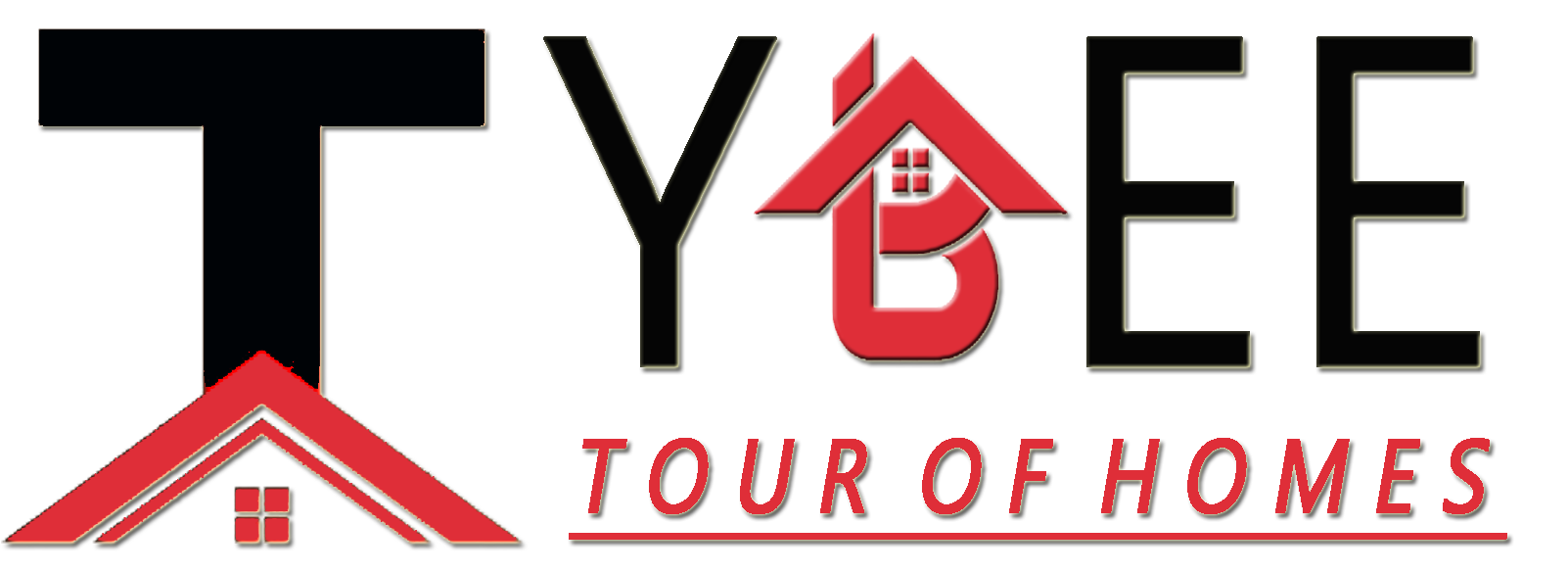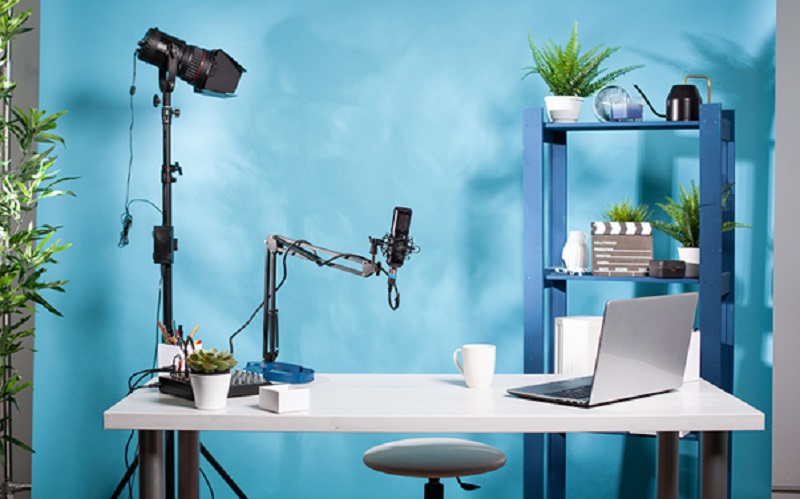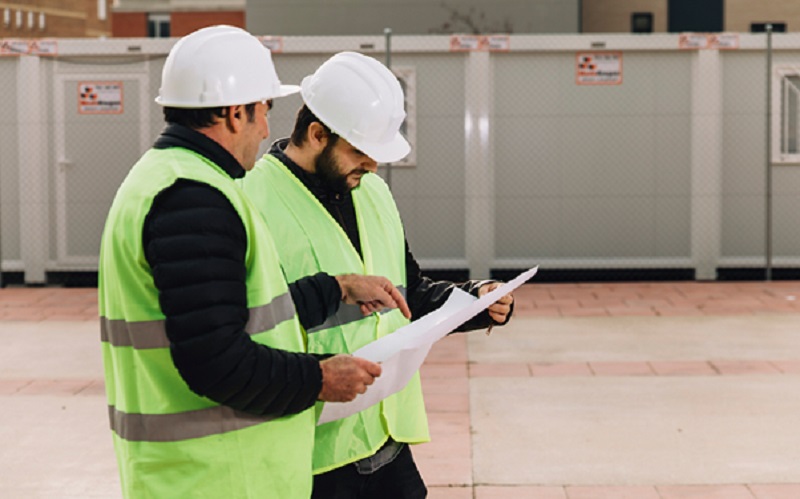Getting started with live broadcasting doesn’t require a full production studio, but using the proper hardware makes a big difference in stream quality and reliability. Whether you’re planning to stream corporate events, webinars, or content for online audiences, your setup determines how professional and stable your stream appears. This guide outlines the essential live streaming production hardware beginners need to start streaming confidently and effectively.
1. Camera: Your Core Video Source
The camera is the most visible element in any live stream. Beginners can start with a good webcam, especially for virtual presentations or desktop setups. For better control and quality, consider using a mirrorless or DSLR camera with HDMI output. These offer superior image quality and depth of field, especially under variable lighting conditions.
Ensure your chosen camera supports clean HDMI output; this means it can send video without on-screen icons or focus boxes. Many professional live broadcasting setups use camcorders or PTZ (pan-tilt-zoom) cameras for flexibility during events. No matter your budget, prioritise clear video and stable resolution when choosing your camera.
2. Microphone: Clear Audio Is Critical
Audio often matters more than video in live streams. Viewers will tolerate slightly lower video quality, but they will leave a stream if the sound is distorted or hard to hear. Start with a USB condenser microphone for desktop setups or a lapel mic if you need hands-free operation.
For events or multi-speaker scenarios, use XLR microphones connected through an audio mixer. This ensures more control over input levels and allows you to adjust on the fly. When investing in live streaming production hardware, don’t overlook the audio quality. Clear, crisp sound is essential for maintaining viewer engagement.
3. Encoder: Converting Video for Streaming
An encoder converts the video feed from your camera into a digital format suitable for streaming. You can use software-based encoders such as OBS (Open Broadcaster Software) on your computer, or invest in a hardware encoder for increased stability. Hardware encoders are standalone devices that require less processing power and reduce the risk of crashes during live broadcasting.
Software encoders are ideal for beginners who want flexibility without a major investment. Just ensure your computer meets the system requirements and has a stable internet connection. If you plan to scale your setup later, a hardware encoder offers better long-term value and reliability.
4. Capture Card: Bridging Camera and Computer
If you’re using a camera without USB output, you’ll need a capture card to transfer video to your computer. A capture card takes the HDMI output from your camera and converts it into a digital signal that your encoder software can read. Some devices plug directly into your laptop via USB, while others are internal cards for desktop PCs.
Select a capture card that supports your desired resolution and frame rate. 1080p at 60fps is a common standard for smooth video. Without this component, even the best cameras won’t integrate effectively into your live streaming production hardware system.
5. Lighting and Accessories
Proper lighting improves the visual quality of your stream and reduces strain on your camera. Even budget LED panels can make a noticeable difference. Position them at 45-degree angles to your subject to reduce shadows and create a balanced image. Avoid relying solely on room lighting, especially for indoor or evening streams.
Other useful accessories include sturdy tripods, cable management tools, and a reliable power supply for your camera. Inconsistent lighting or a low battery mid-stream can ruin an otherwise good broadcast. Having the right accessories ensures consistency and minimises interruptions.
Conclusion
Building a reliable live broadcasting setup doesn’t have to be overwhelming. With a good camera, microphone, encoder, capture card, and proper lighting, beginners can produce high-quality streams that meet professional standards. Investing in the proper live streaming production hardware from the beginning saves time, reduces technical issues, and creates a better experience for your audience.
Ready to upgrade your live stream setup? Reach out to Media Architects for expert advice on live streaming production hardware that suits your needs.





